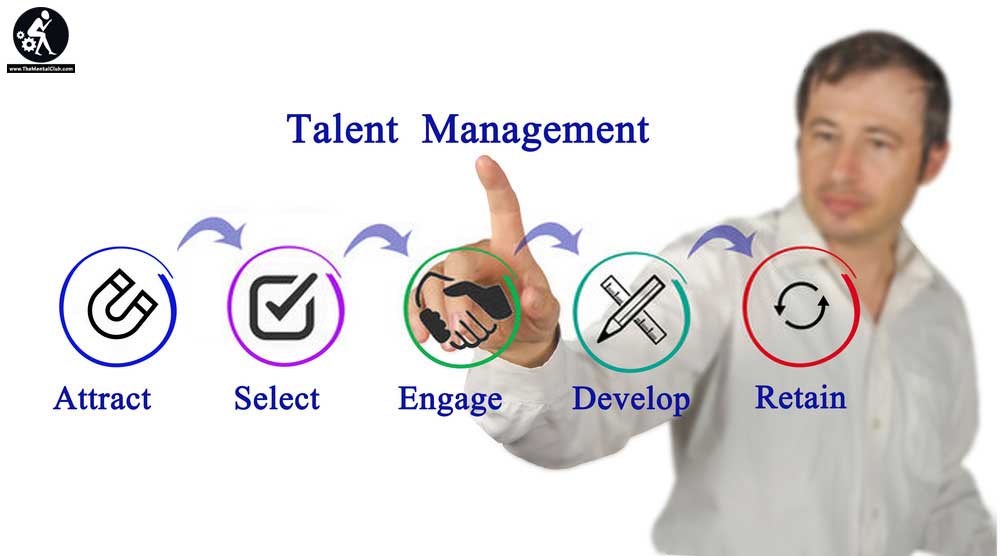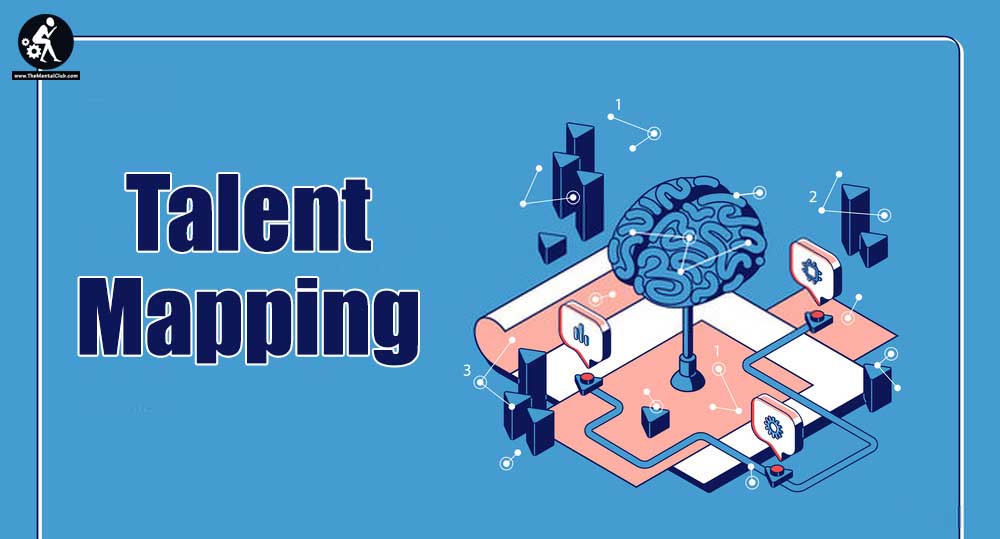According to a survey conducted by Chandler and Macleod, 91% of the workforce would quit their jobs if they did not feel motivated or well engaged in an organization. This shows that the more employees are motivated, the more attracted they will be to the idea of working for the organization.

Therefore, the latter should understand what skills their employees have. With the right application of talent management strategies, such knowledge can positively impact the company’s future. Still, talent management is not enough without talent mapping, which helps assess the organization’s current employees’ strengths and abilities to prepare for the future better.
What is Talent Mapping?
An organization needs the right kind of workforce to reach its full potential. Studies show that the most productive employees are the top talents. Great talent is scarce, which is why there is a need for mapping. But what exactly is talent mapping?

It’s a strategy that involves specific formulas used to evaluate the performance and readiness of your employees to combat future challenges. It’s also a proactive approach that helps an organization identify the best talents for the house and those outside the company.
As such, it takes away the hassle of recruiting, which sometimes involves quizzing current and potential employees.
Here is a summary of how an organization can benefit from talent mapping:
- Identifying talents in the organization prevent the underutilization of employees’ skills and capabilities.
- Mapping gives a comprehensive picture of the available talents, abilities, and strengths of an organization.
- It also helps in matching different roles to the correct positions in the organization.
- It allows the organization to come up with the right strategy to steer the company to success.
So, how is it essential as part of the talent management strategy? Let’s find out!
Why Mapping Is Essential in Talent Management Strategy

It Focuses on the Future of the Company
As you know, the world is changing each day, and what might seem important today might be irrelevant tomorrow. The skills used to tackle certain challenges in the workforce might become obsolete in the future. This is why mapping is necessary for an organization’s growth.

Talent mapping helps ensure the future of the organization is taken care of. How, you ask? Assessments used in mapping help predict challenges that may arise in the future, thus helping the company prepare for them.
Knowing what to expect will make the utilization of the company’s resources much more effective. For instance, the company can change existing training and coaching programs to suit future challenges and needs. This will ensure that the employees have the necessary skills to combat the issues when they arise.
In the Recruitment Exercise
The recent rise in automation and robots opened up discussions on whether there is a need to have people in the workplace. Even though most businesses are laying off employees, some have realized the need to have the best employees for the organization’s success.

Yet, as you know, recruiting is a tough and time-consuming process. You have to go through different applications to find out what you are looking for. Mapping helps spot the top talents from the available resources.
The recruitment team will know what skills to watch out for. After that, it will offer the best market rates, compensation packages, and other non-monetary benefits to absorb them into the organization.
The recruitment exercise does not have to absorb outside talents, though. Moreover, mapping can help analyze the skills of candidates to find the best one for the vacancy position.
It Helps Provide Insights From your Competitors

Mapping helps an organization understand:
- The recruitment channels the competitors are using;
- The remuneration packages they are offering;
- How the packages attract talents to their organization.
Knowing details of competitors’ activities can provide insights into the standards in the market. It helps answer questions such as who your competitors are and where their employees are from.
It helps draw both comparisons and similarities between a company and its competitors, which helps in sourcing talents.
Tracking and Measuring Employee Performance

Key performance indicators (KPIs) are necessary for the success of a company. Every department manager must use these metrics to determine whether the organization is moving in the right direction by measuring each employee’s past and current performance.
Mapping uses a potential-performance matrix that identifies various potential in employees, such as leadership, how effective they are in their current position, and their impact. The matrix provides insights into their weaknesses and strengths. The results can be useful for HR professionals to know how to harness employees’ full potential.
HR can also use this information to promote them to positions that may open up in the future.
Identify the Star Employee

Mapping is crucial in identifying the best talents for the house. During the evaluation process, the mapping will help bring out the employees with the greatest potential, which can then help the organization better equip them.
The process involves:
- Analyzing your candidates’ different social media accounts.
- Checking the groups they are in and what they like.
- Noting all their interests, which can help in the talent acquisition.
Rewarding Best Performance

Once the star employee is recognized, there should be measures in place to reward them. Rewarding the best talents for the house and performances in an organization is key in motivating employees. The survey by Chandler and Macleod shows that employees are more willing to do their best if they know that their output will be recognized.
Keeping the employees happy should be a part of the talent management strategy. There should be a plan to reward them for every successful milestone. One of the rewards could be a hefty bonus, a trip, or a title such as an employee of the month or year.
Better Decision Making

Mapping ensures the human resources department makes better decisions in identifying:
- the best talents for the house;
- future gaps in the market;
- the right talents to place in the workforce.
If a company spots that the potential of some employees is not fulfilled, it can help the HR personnel make the right placement decisions as they understand their different strengths and capabilities.
Once an organization has identified its star employees, it can develop with different plans to keep them. Mapping helps create a talent retention strategy as part of a larger talent management strategy. Employees come and leave, but there has to be a strategy to keep the best ones Mapping is perfect for it.
The organization can also determine why the talented employees are leaving to come up with ways of improving in the future.
Final Word
Talent mapping is necessary for the success of any business. It allows the company to find the best talents and determine the future of the company. It gives the human resource department correct insights needed to hire and keep the best employees to ensure you meet the needs of the organization.
Contact us for your business mapping needs.


































